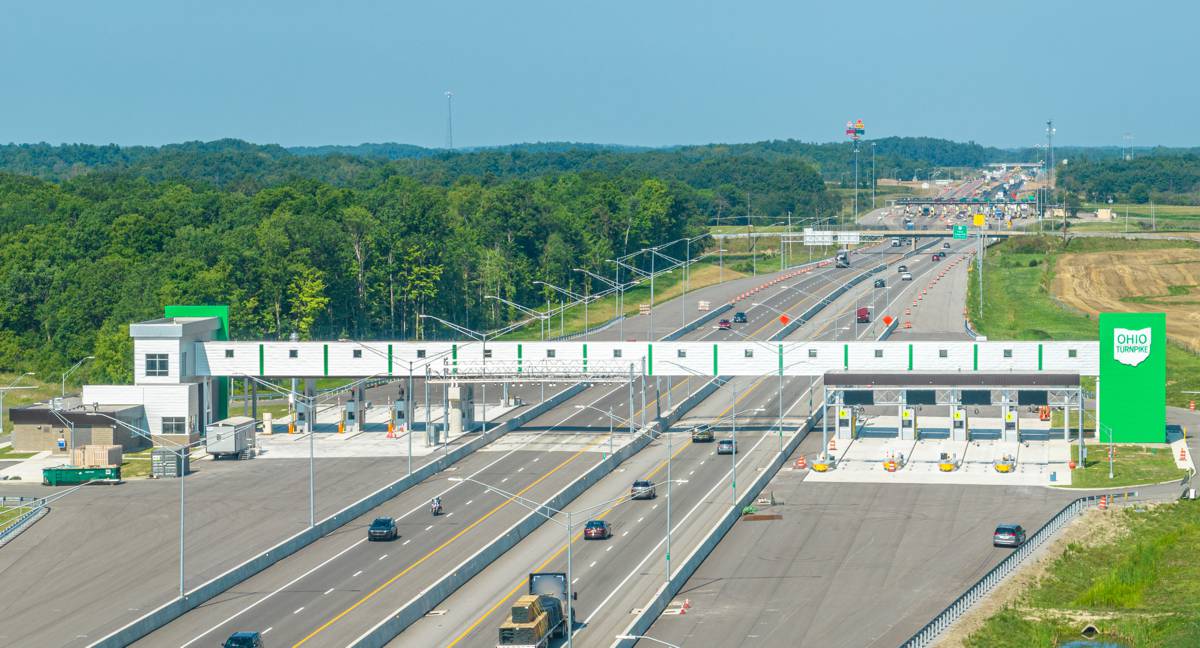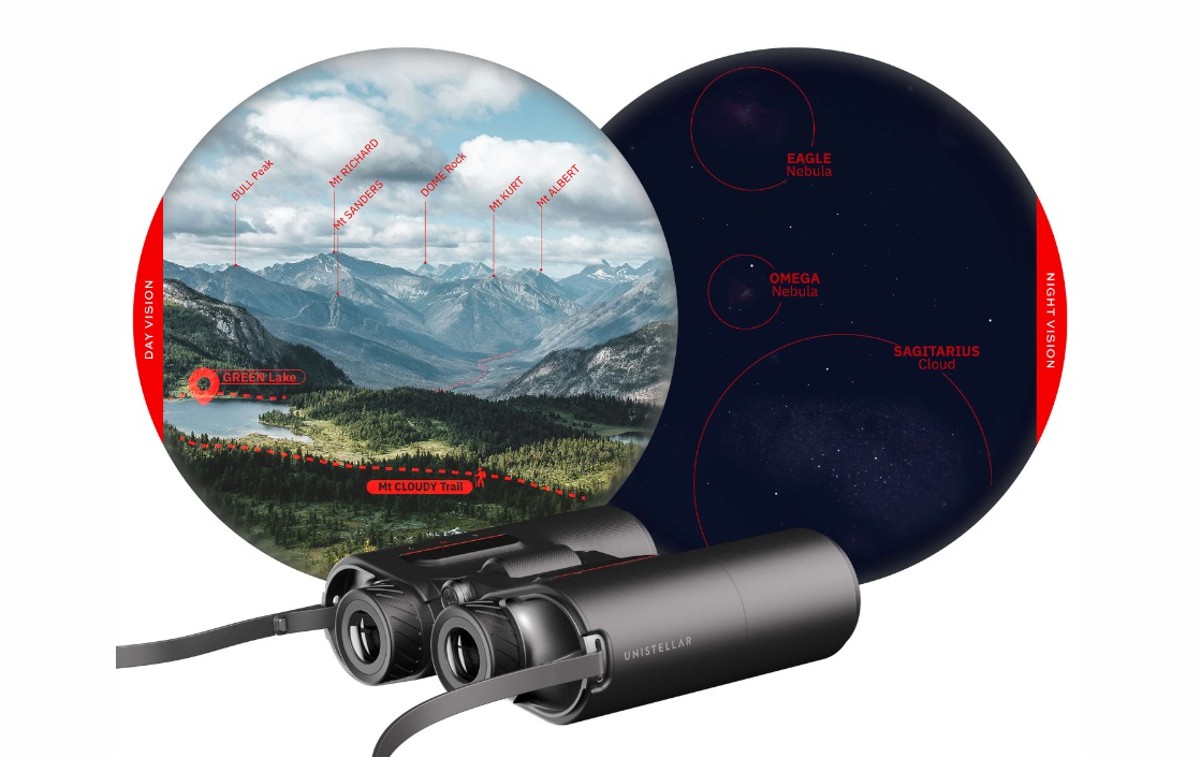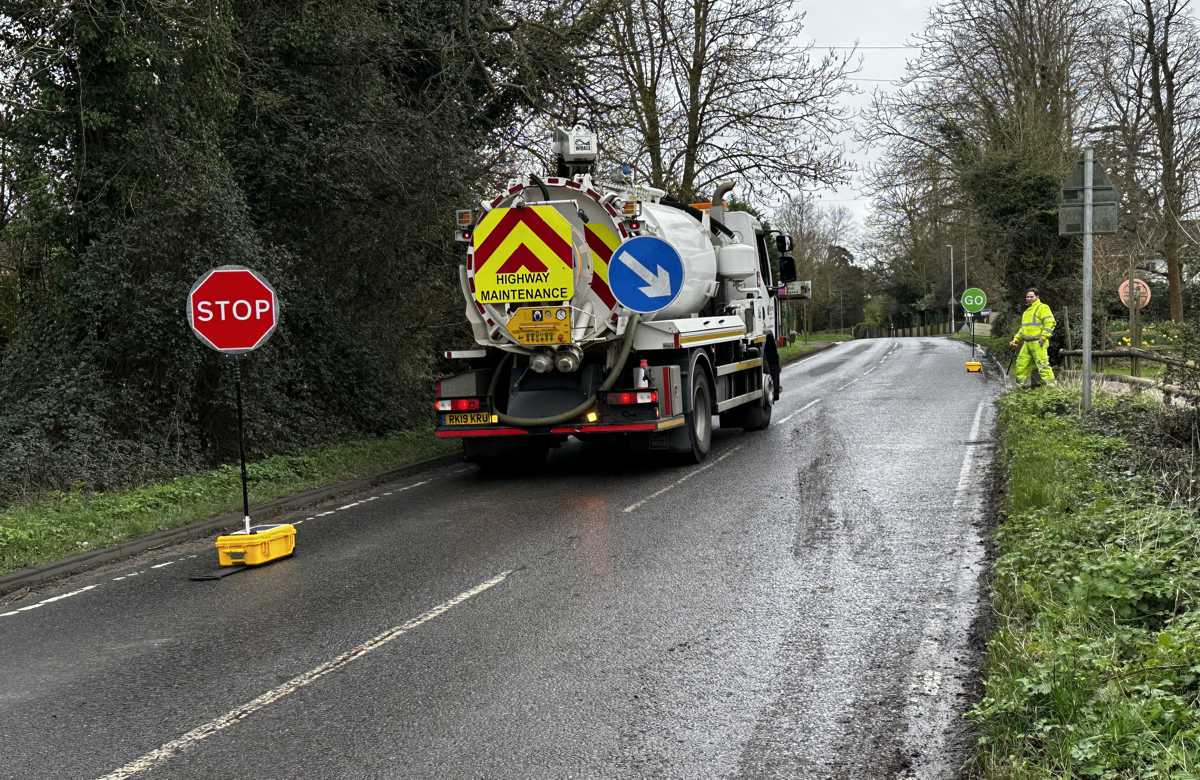Signalling the way forward for traffic controls
The JCT Symposium always signals the start of the next round of events for Clearview Intelligence. JCT takes place at the University of Warwick every September and offers a unique opportunity for traffic signal engineers to exchange knowledge, experience and good practice.
This year, the multi-award winning intelligent road stud scheme on the A720 Sheriffhall Roundabout near Edinburgh will be the focus of a presentation by Richard Llewellyn of the Transport Research Institute (TRI) at Edinburgh Napier University.
Improving lane adherence with synchronised studs and signals
Sheriffhall is a fantastic example of how innovative solutions can help to reduce congestion, smooth traffic flow, and positively influence driver behaviour. Spiral markings at signalised roundabouts improve traffic flow, but poor lane discipline can adversely impact on safety as vehicles inadvertently veer over the lane markings and into the path of another driver. Collisions at strategically important roundabouts can have a significant impact on the wider trunk road network, causing widespread congestion and further accidents.
The active road stud installation at Sheriffhall was the ‘first of its kind’ in the UK. The stud scheme not only delineates the lanes to provide drivers on the A720 route with clearer guidance on, around and off the roundabout, but also removes confusion for drivers from the minor arms by synchronising the illumination of the studs with the A720 traffic signals.
The success of the Sheriffhall scheme has been evidenced through independent research by Richard’s team from the TRI. They undertook an in-depth ‘before and after’ case study of the installation of hardwired intelligent road studs analysing over 55,000 vehicle movements. The report concluded that the scheme has: “Successfully improved lane adherence at this signalised roundabout, resulting in a substantial reduction in lane transgression at the roundabout and a corresponding reduction in the collision rate.”
The effectiveness of the scheme has been further recognised with a total of six national transport industry awards in 2016/17.
Richard’s presentation on Wednesday 20th September at the JCT Symposium, will highlight how active road studs can be integrated with traffic signals to improve driver behaviour and reduce congestion.
Positively influencing driver behaviour with signals
Traffic signals can also be used to influence driver behaviour in other scenarios, such as the Clearview scheme which is in operation on the busy A78 through the village of Fairlie in Scotland. Despite several traffic calming solutions being in place, ongoing surveys showed that a significant proportion of vehicles were still travelling in excess of the 30mph limit through the built-up area.
By designing and implementing an innovative bespoke system, utilising existing traffic signals, you can slow down speeding drivers by intentionally stopping them at the signalised junction and effectively steadying their progress through the village. This scheme is aimed at positively influencing driver behaviour and is more of a ‘carrot’ for speed compliance rather than the traditional ‘big stick’ approach of speed enforcement cameras.
Clearview’s Fairlie case study demonstrates how their solutions integrate a range of technologies, including the M100 advanced wireless vehicle speed detection magnetometers, vehicle speed activated signs, and signals.















